Jerry Zeniuk / New paintings
“Just what is so great about making an abstract painting?” A current exhibition review (J. Voss, Joan Mitchell FAZ 6.12.08) posed this question right from the start. What is all this talk of an epochal revolutionary shift towards abstract visual language? Was it not more a matter of fostering a macho and heroic demeanor and the decoupling from reality? This misses the point that the path to non-representationality was a logically consequential and self-evident process for many modern artists and that this step did not mean rejection, but an expansion of the connection to reality. The point of origin was the discovery of the intrinsic value of the means of painting and the painting process. Conceptions of images, the creation of a coherent pictorial organism thus became a possibility and a priority. For the painters, the relationship to the medium was unbroken and non-speculative. They followed the traces of their actions. As an analogy to the physical paint substance and brush stroke, the paintings are imbued with an erotic energy, as it were, giving them a sensual presence. The elements and media that prove themselves in this way are wholly indebted to the long history of painting. It attests to the close interrelation of the technique and theory of pictorial art. The painter is the one who knows what he does. “The art of painting can only be judged by those who are themselves good painters. For all others, it is as inscrutable as a foreign language is for you.” (Albrecht Dürer) With his experience, the artist expands the visual knowledge and makes new visual knowledge available. This brings up thoughts of color: coloring power, modulation, the relationship of the colors to one another, among one another constitute a set of themes that is nearly unmanageable and inexhaustible in its complexity. Color is part of the world we live in, affiliated with the most elementary experiences of the world. Painting has never merely depicted what is visible, but rather it creates something visible as art. This is constant, continuous and does not exist in this form in reality. The fantastic wealth of pictorial worlds is the real raison d’être of painting. Our view of the world is shaped by these pictorial worlds. Art is oftentimes capable of achieving this, but there are also phases in which artists are not up to the task.
Back to being self-evident. The desire to understand is apt to force its way ahead of this self-evident implicitness, which itself is not to be attained without some effort. In any case, the need to translate anything and everything into a text seems overpowering. Those standing before the paintings press corresponding prostheses for understanding to their ears to listen to the paintings. Any connection to the history of painting that lies within its means is essentially broken off, interrupted. Non-representationality carries the smell of failure, of failing. Of course, normally the self-evident aspects that artists claim for themselves eventually become common property, following a historic incubation period. In the case of abstract painting, for once this does not seem to apply. Yet perhaps this represents an opportunity for a not yet depleted energy in a scene of the depleted.
But now onto the exhibition of new paintings by Jerry Zeniuk. He means what he paints and has thus painted necessary paintings for many years. We do not wish to use words to win over or over-discuss. This is a plea for these necessary paintings and a guide to their observation.
Installation views

Installation view room 4

Installation view room 1
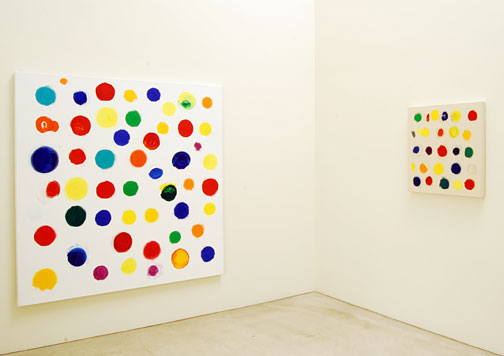
Installation view room 1

Installation view room 2

Installation view room 3
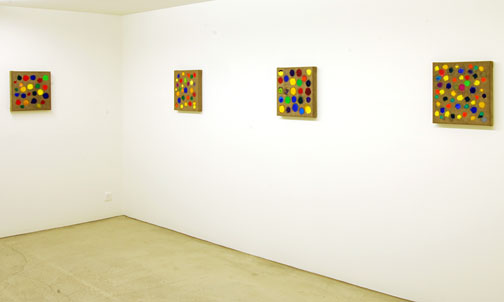
Installation view room 3

Installation view room 3
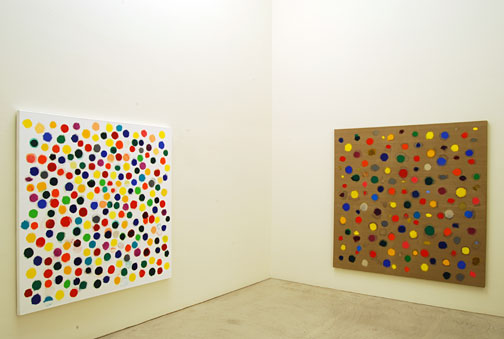
Installation view room 4
Works

Untitled
2008
40 x 40 cm
Oil on canvas

Untitled
2009
70 x 70 cm
Oil on canvas
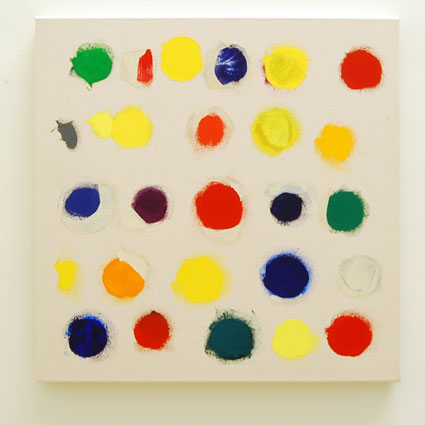
Untitled
2009
70 x 70 cm
Oil on canvas

Untitled (Nr. 302)
2009
170 x 170 cm
Oil on canvas

Untitled (Nr. 304)
2009
160 x 160 cm
Oil on canvas

Untitled
2009
70 x 70 cm
Oil on canvas

Untitled
2008
70 x 80 cm
Oil on canvas

Untitled
2009
40 x 40 cm
Oil on canvas
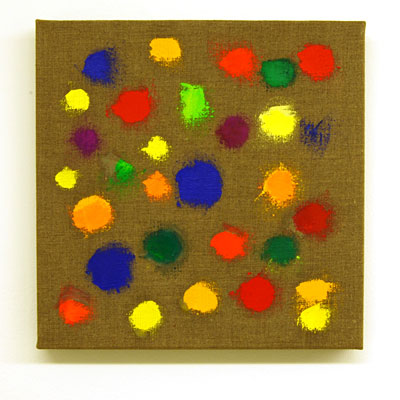
Untitled
2009
40 x 40 cm
Oil on canvas

Untitled
2009
40 x 40 cm
Oil on canvas
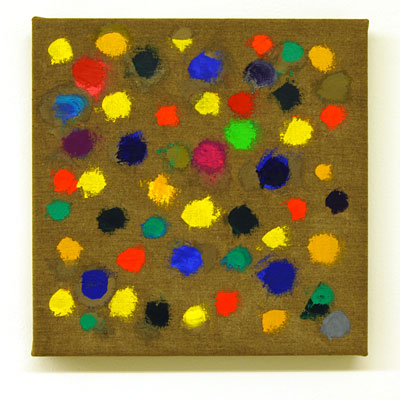
Untitled
2009
40 x 40 cm
Oil on canvas

Untitled
2009
40 x 40 cm
Oil on canvas

Untitled (Nr. 303)
2009
160 x 160 cm
Oil on canvas
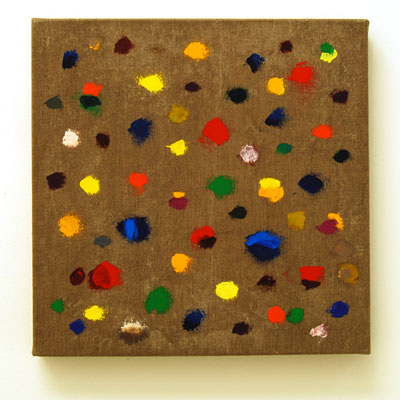
Untitled
2009
50 x 50 cm
Oil on canvas

Untitled (Nr. 301)
2008
160 x 160 cm
Oil on canvas

Untitled (Nr. 300)
2007
180 x 180 cm
Oil on canvas
New
Exhibition
Dan Flavin (1933–1996) and Will Insley (1929–2011)
March 6 to April 26, 2024
New publications
James Bishop
James Bishop
Publisher: ER Publishing, Edited by Molly Warnock
Joseph Egan
Joseph Egan and Anton Himstedt: Common Ground
Publisher: Josef Albers Museum Quadrat Bottrop, Ulrike Growe
Exhibitions / Insight
INSIGHT #3 spotlights the graphic work of Fred Sandback through three examples from 1974 and 1982.
Joseph Egan, Ptolemäus: Die Welt im Griff? Antike Kartographie und zeitgenössische Kunst, Kunsthaus Grenchen
3. März bis 26. Mai 2024
Dan Flavin, Widmungen aus Licht, Kunstmuseum Basel
2. März bis 18. August 2024
Rita McBride, Momentum,
Dia Beacon, Beacon, NY,
July 1, 2023 to January 2025
Fred Sandback, Kurt Büsser ermöglicht... Erich Buchholz und Fred Sandback, Museum Wiesbaden
19. Januar bis 14. April 2024
Sol LeWitt (1928–2007)
A Wall Drawing Retrospective
Yale University Art Gallery and Williams College Museum of Art
November 16, 2008 – 2033

